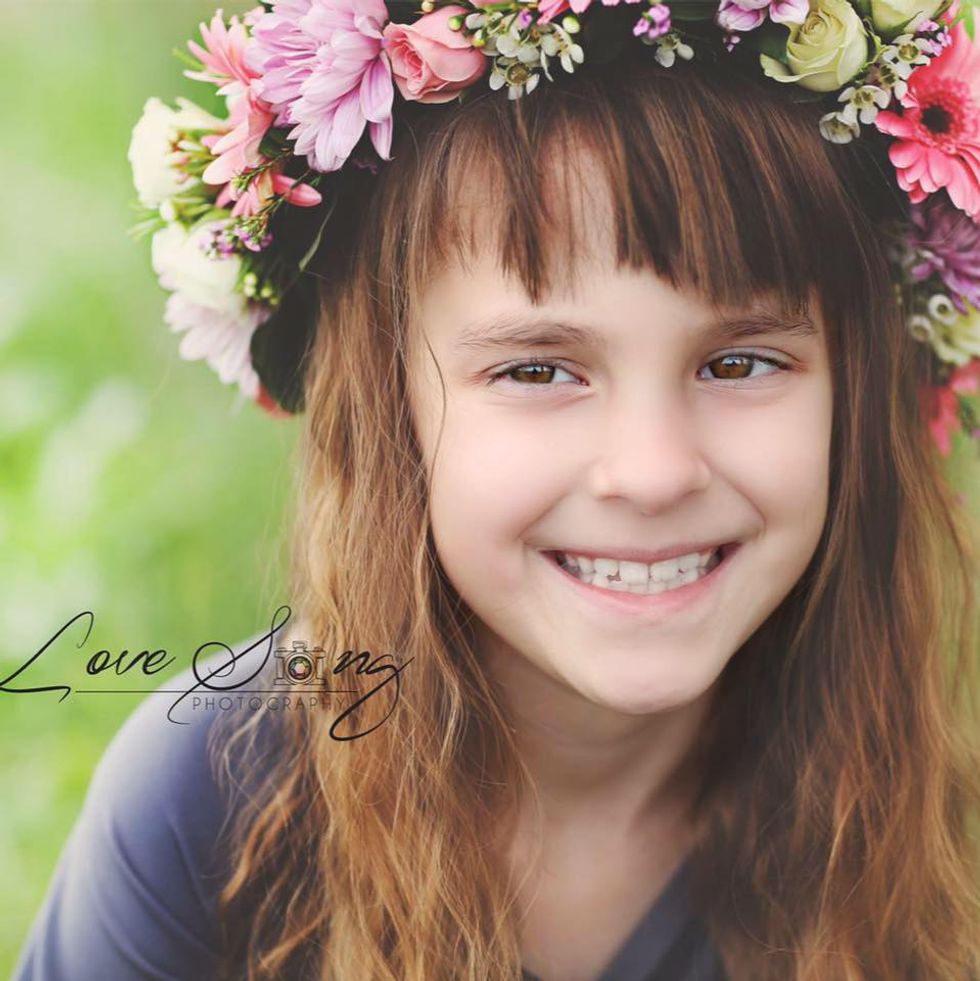Of course, there’s the obvious; the cancer itself taking over a young, innocent child's body, consuming them, yet leaving remnants of the happy, lively child they once were. A vulnerable, scared family. Treatment after treatment, radiation, chemotherapy, surgery. Pain and uncertainty, followed by more pain and uncertainty. This is the life of cancer patients and their families.
But there’s more. Although approximately 36 children are diagnosed with cancer daily, with rates having increased by 21 percent in the last 35 years, only two drugs have been initially approved by the FDA for treating any childhood cancer in the past 20 years. In fact, half of the chemotherapies used to treat cancer are for patients 25-plus years old. Childhood cancer receives a mere four percent of US funding for research, rendering the patient, family, researchers and doctors helpless.
Meet Katherine:
Katherine was diagnosed with Diffuse Intrinsic Pontine Glioma (DIPG), a form of brain cancer on June 2, 2015, when she was only six-years-old. Similarly to most children, Katherine is most comfortable at home, with her mom and dad, nana, and two sisters, Tori and Alissa, but is often required to be at hospital visits. She loves puzzles and legos. She is incredibly smart, beautiful and vibrant. Unfortunately, Katherine passed away on June 7, 2016, surrounded by her family and friends. She did not deserve this, she deserved to live. Katherine deserved #MoreThanFour.
The average age of death for a child with cancer is 8-years-old, with an estimated 10,500 expected diagnoses this year alone. These children, like Katherine, deserve more than four percent. Thankfully, there are dozens of organizations that work to raise funds for pediatric cancer, and parents who work relentlessly to ultimately help provide cures that their children never had.
Organizations such as the ACCO, or American Childhood Cancer Organization, emphasize that, “Childhood cancer kills more children than any other disease in the United States today, yet treatments designed for a child’s body remain frustratingly out-of-reach” and work to raise awareness and advocacy through a multitude of means. Another organization, Alex’s Lemonade Stand, encourages individuals to create a lemonade stand to raise funds for pediatric cancer. These organizations, along with others, have raised over millions of dollars for pediatric cancer research, and have funded over 650 childhood cancer research projects.
However, it is not enough. Children continue to die because of cancer, and some types still have less than a two percent survival rate, including DIPG. More needs to be done and we owe it to the future generations of children. Demand more for children. Raise awareness and shed light on the fact that childhood cancer research is heavily underfunded.




















